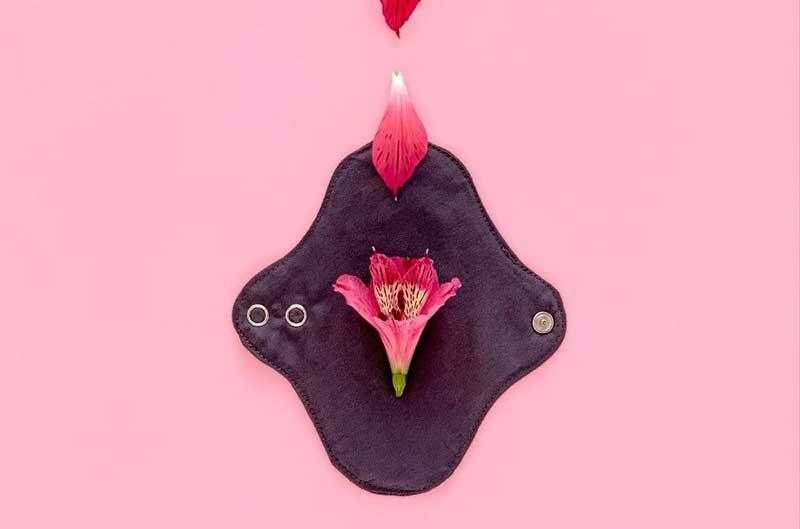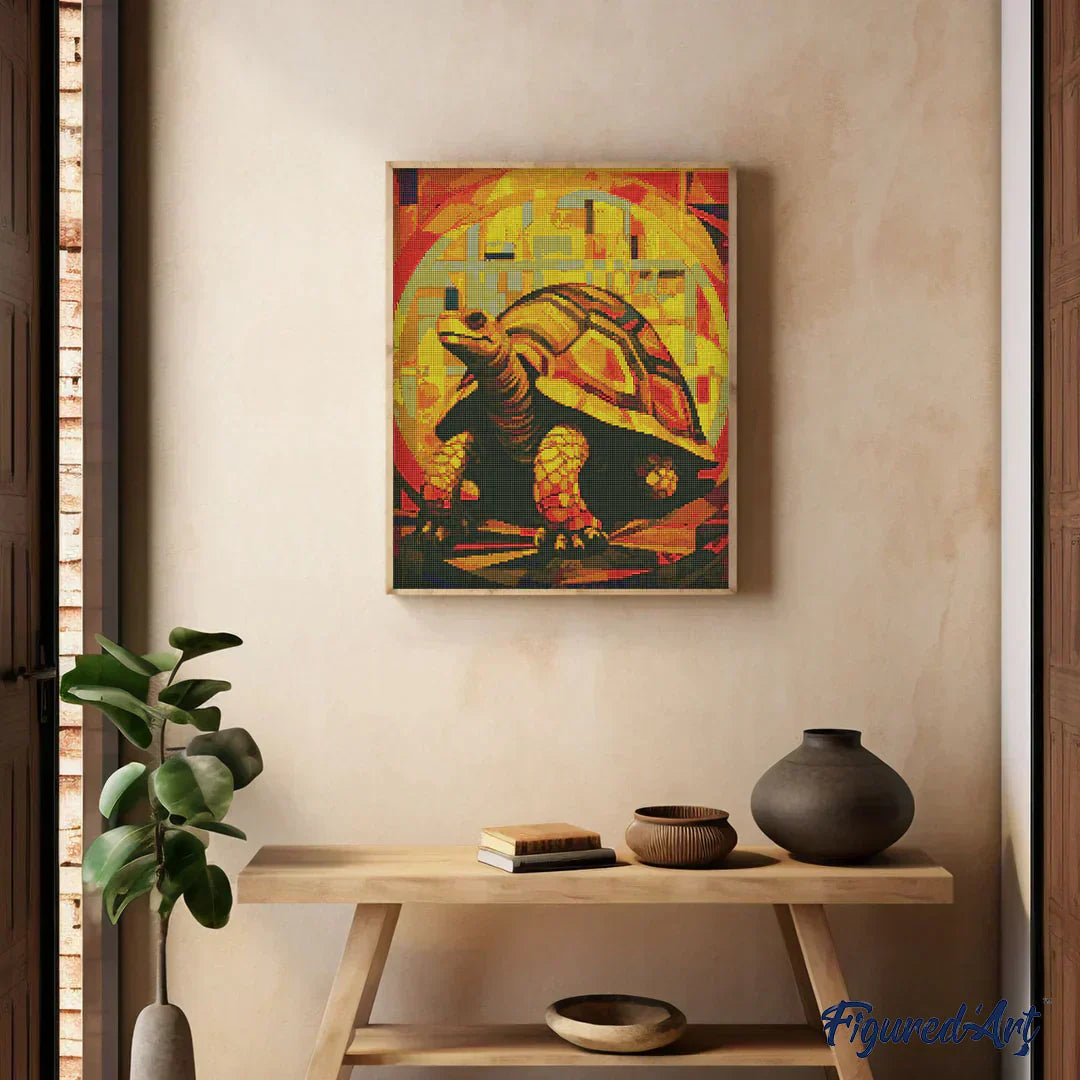Refreshing your home doesn’t have to cost a fortune-smart, eco-friendly upgrades can enhance both comfort and curb appeal. From repairing your roof or adding solar panels to introducing sustainable landscaping that attracts pollinators and conserves water, small steps can make a big environmental and financial difference. Even simple ideas, like improving pathways with solar lighting or harvesting rainwater, can transform your property while supporting greener living. Whether you’re preparing to sell or simply want to feel proud of your space, investing in eco-conscious home improvements pays off long-term. Discover more sustainable home upgrade ideas and practical green living tips on Friendly Turtle’s EcoBlog, where style meets sustainability for modern homeowners.
Share your articles with us and get published! Reach out at hello@friendlyturtle.com.
How to Make Your Own Reusable Sanitary Pads

Ever thought about how to make reusable sanitary pads for yourself? Thats exactly what we're here to discuss today.
Did you know that some disposable pads can contain as much plastic as four supermarket bags? Besides generating tons of waste, disposable menstrual pads could also irritate your skin. And that’s when reusable sanitary pads come in handy. They’re plastic-free, cost-effective, durable, and easy to make!
There are plenty of reusable sanitary pads available to buy, in just about any colour or pattern. They're easy to care for, better for your health, and super-gentle on our environment. But that's not what we're here for today, oh no.
Want to know how to make reusable sanitary pads for yourself? Good! We’re here to help you with exactly that.
In this article, we’ll teach you how to make cotton sanitary pads at home, including what materials you need, the best fabrics to use, and some useful tips!

Materials Needed to Make Reusable Sanitary Pads
Before learning how to make reusable sanitary pads, let’s check the best materials to use:- A disposable sanitary pad to make your template
- A sewing machine or a needle
- Buttons or snaps
- Fabric scissors
- Sewing pins
- A marker pen
- Thick paper
- Fabrics
- Thread

What Fabrics Should You Use to Make Cotton Sanitary Pads?
- Cotton, cotton flannel, or cotton fleece for the top and bottom outer layers
- A thick fabric, like an old towel, for the centre of your cloth pad (core)
- PUL fabric to add a waterproof layer
How to Make Cotton Sanitary Pads at Home?
Making your own cotton sanitary pads is not as complicated as it sounds, you can hand sew your pads or use a sewing machine to get better results. With that in mind, here’s how to make reusable sanitary pads:
Step #1: Create Your Template
Trace the disposable sanitary pad on your paper and create your template.
Step #2: Cut the Fabrics
After tracing your template on the fabrics, use a sharp scissor to cut two pieces of cotton, these will be the topper piece and backer piece of your reusable sanitary pad. Next, cut a piece of PUL fabric to have a waterproof layer.
For the core pieces, just cut the pad shape, we don’t need the wings for these pieces. Depending on how absorbent your core pad fabric is, you could cut two or three pieces.
Step #3: Sew the Core Pieces
Sew the pad core pieces together to make a combined piece.
Step #4: Sew that Combined Piece to the Topper Piece
Fold your top body piece in half and press it to mark a middle line. Then, place your combined core piece on top of the reverse side of the topper piece. Make sure to line up the centre of the core with the marked middle line of your topper piece. Now, pin in place and sew the core piece to the top body piece.
Step #5: Sew the Pad
Place your waterproof layer (PUL fabric) on top of the reverse side of the backer piece and treat them as one piece. Once you’ve done this, pin the topper and backer pieces together with the right sides facing in. Next, sew around them using a 0.5-centimetre seam allowance, and don’t forget to leave a gap of about 5 cm. And finally, remove excess fabric without weakening the seam.
Step #6: Turn the Pad Right Side Out
Turn the pad through the small gap and press with a steam iron to sharpen the edges. To close off the gap and add a final touch to your creation, topstitch around the reusable sanitary pad.
Step #7: Attach the Snaps or Sew a Button
Your cotton sanitary pad is almost done! Don’t forget to put a button, plastic snaps, or metal poppers on your cotton sanitary pad to keep it attached when in use.
And this is how you can make a reusable sanitary pad! Follow these basic steps on how to make cotton sanitary pads at home and ditch disposable period products once and for all.  Or does making your own reusable sanitary pads not sound like a bit of you? We can help with that too. Check out our eco friendly period products range for more ethical and eco-conscious inspiration to green your monthly periods :)
Or does making your own reusable sanitary pads not sound like a bit of you? We can help with that too. Check out our eco friendly period products range for more ethical and eco-conscious inspiration to green your monthly periods :)
0 comments
Let customers speak for us
Blog posts
Hosting a high-stakes corporate event demands attention to every detail-and music can make or break the atmosphere. A skilled, eco-conscious DJ doesn’t just play songs; they set the tone, read the room, and enhance your company’s image while ensuring guests feel connected and energised. From using energy-efficient equipment to promoting mindful event planning, today’s sustainable entertainment choices align with modern business values. Investing in a reliable DJ means investing in your brand’s reputation, creating unforgettable experiences that reflect professionalism and purpose. Discover more about sustainable event planning and conscious business practices on Friendly Turtle’s EcoBlog, where eco-friendly innovation meets meaningful impact.
Diamond painting is a relaxing and creative hobby-but keeping your project clean and organised is key to enjoying it fully. Simple eco-friendly habits, like maintaining a dust-free workspace, reusing storage containers, and avoiding spills, can make your artwork shine brighter and last longer. Using soft brushes, breathable cloths, and tidy labelling systems not only protects your canvas but also reduces waste by preserving materials for future projects. Whether you’re crafting for mindfulness or creating sustainable art, a little care goes a long way. Discover mindful crafting tips and eco-conscious creativity on Friendly Turtle’s EcoBlog, where sustainability meets everyday hobbies for a cleaner, greener way to unwind.



